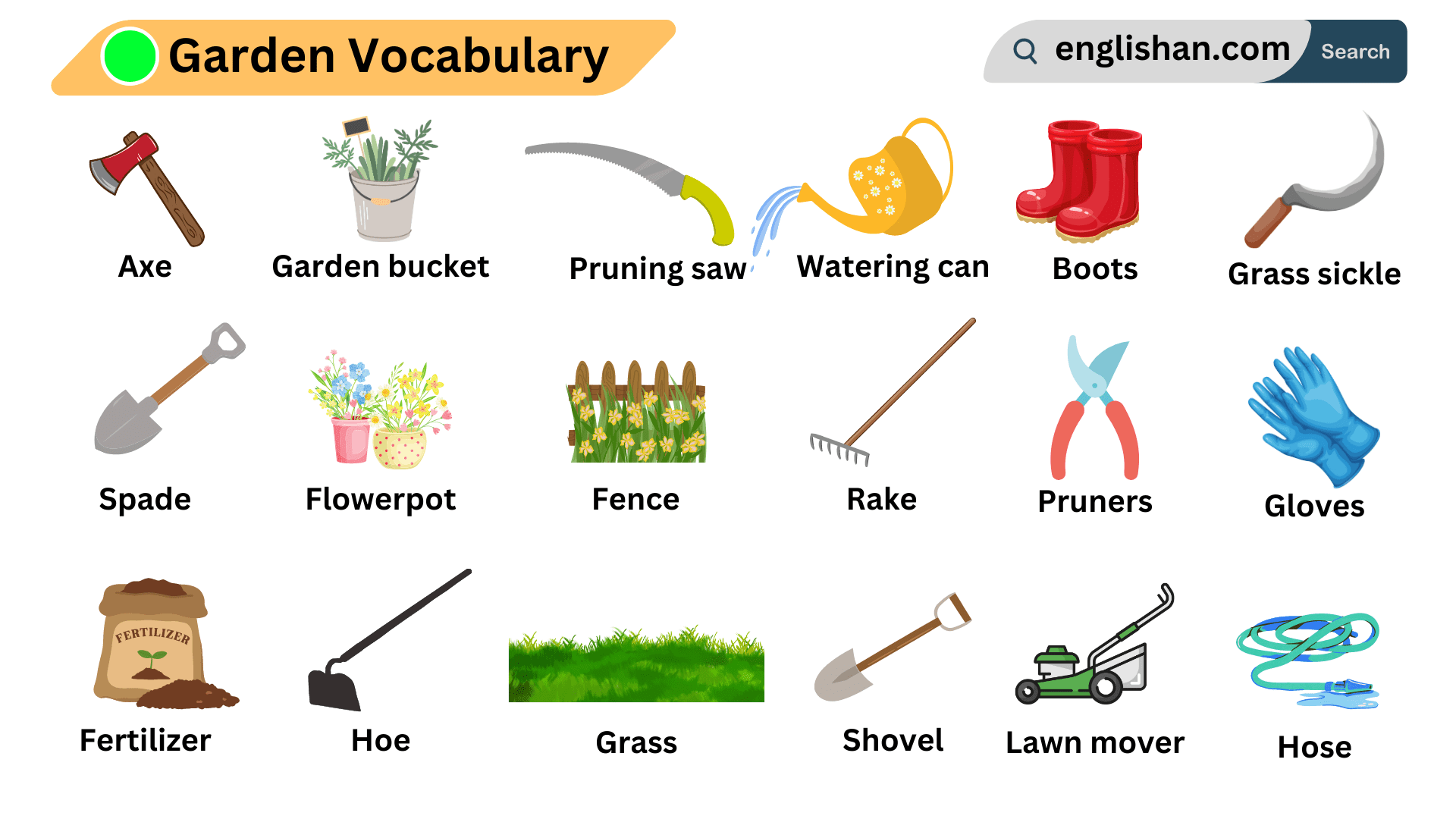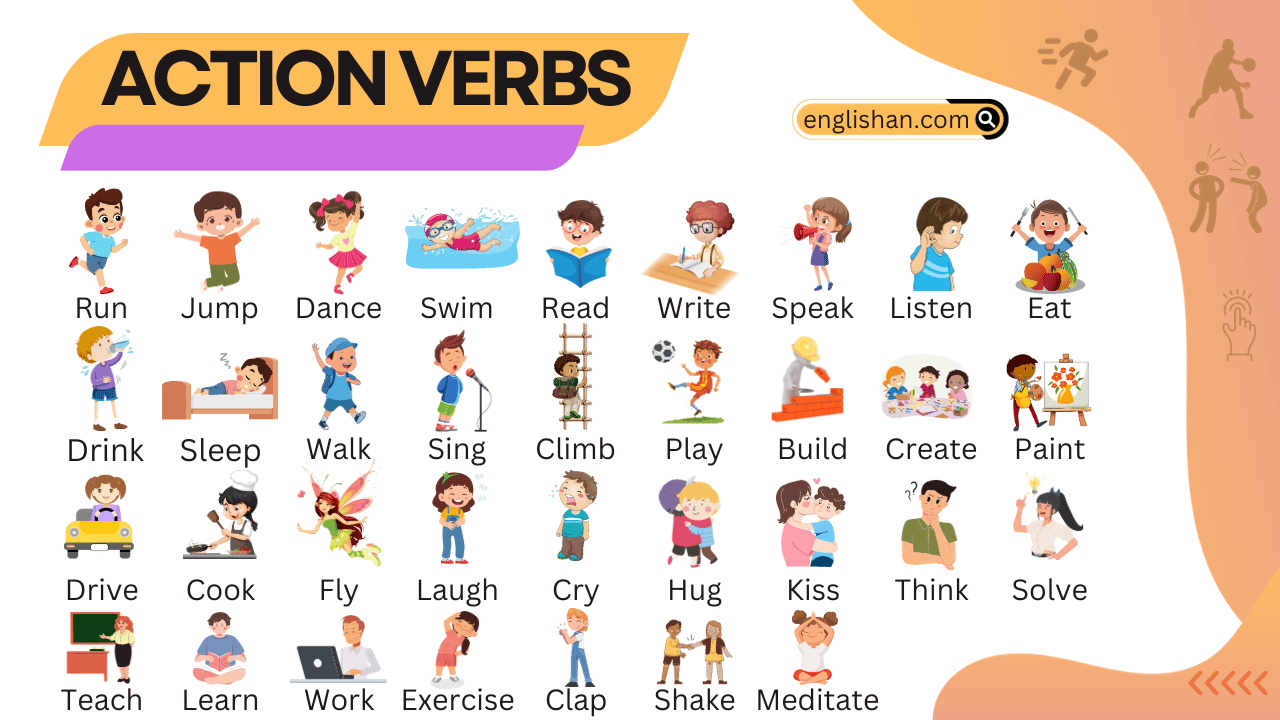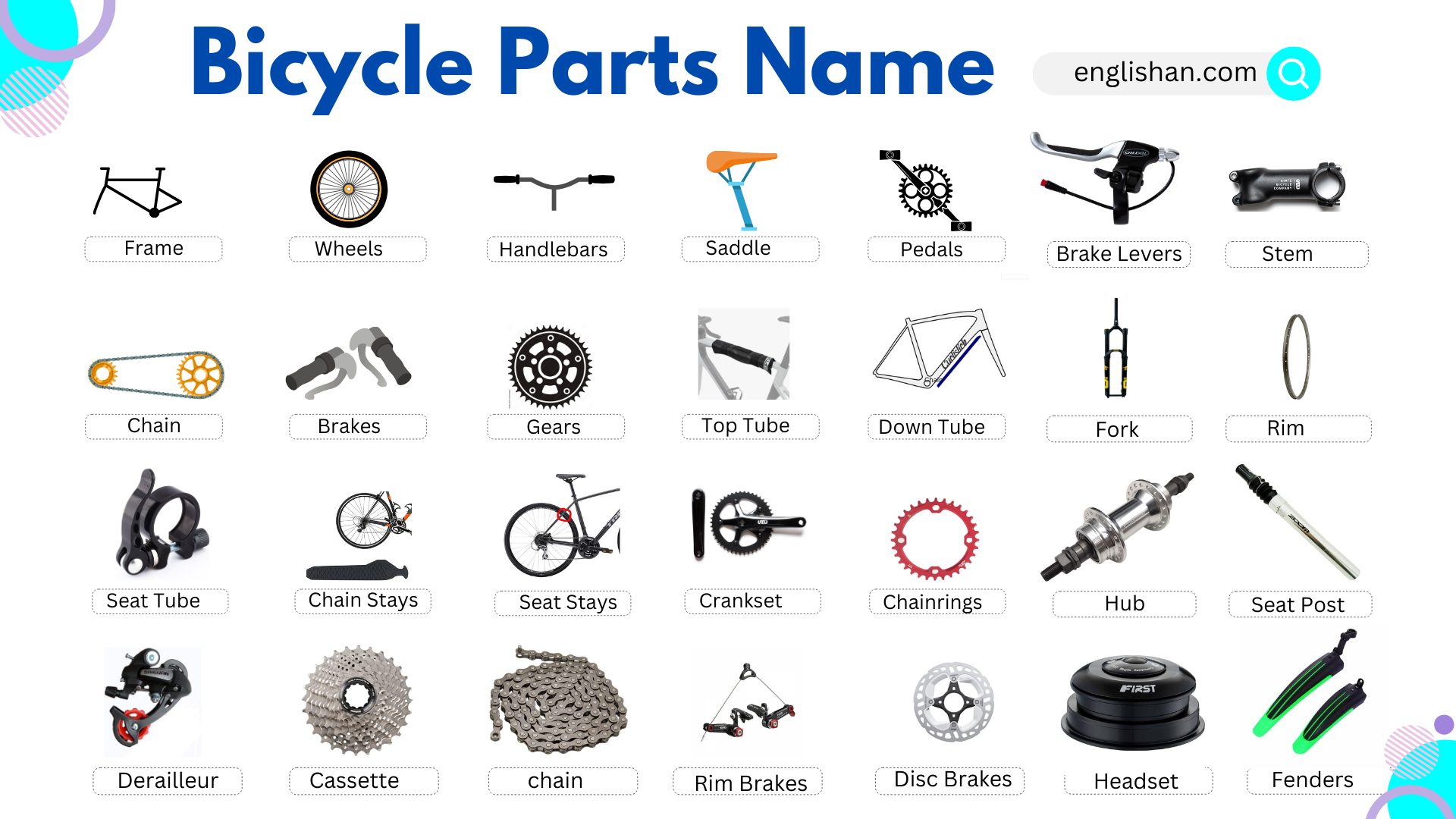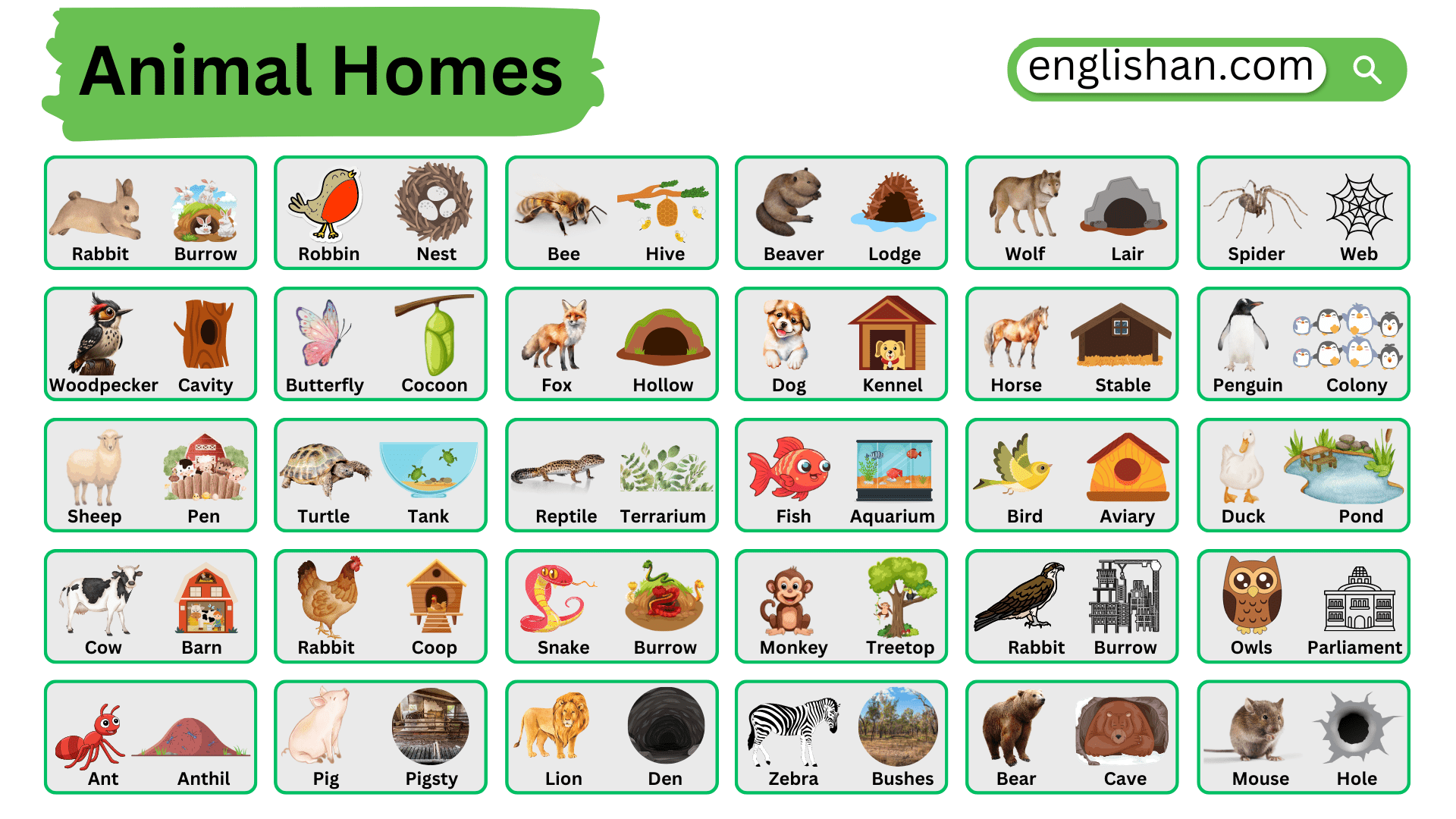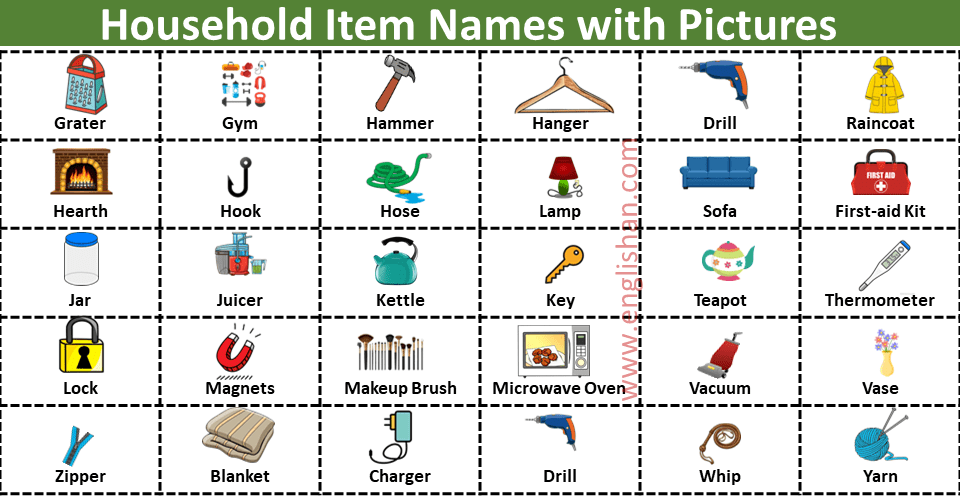Contents
In this blog post, you will learn the names of common gardening tools in English. Understanding these essential tools will help you communicate better while working in the garden. Mastering this vocabulary will make it easier to discuss gardening tasks and improve your confidence in using the right terms.
To learn more vocabulary on different topics, visit our Vocabulary Category.
List the Names of Gardening Tools
| Garden Tools Name | Picture |
|
axe
|  |
| garden bucket |  |
| pruning saw |  |
| Garden fork |  |
| boots |  |
| grass sickle |  |
| spade |  |
| flowerpot |  |
| fence |  |
| rake |  |
| pruners |  |
| gloves |  |
| fertilizer |  |
| hoe |  |
| grass |  |
| flower bed |  |
| shovel |  |
| trowel |  |
| wheelbarrow |  |
| seeds |  |
| hose |  |
| gardener |  |
| bin |  |
| hedge shear |  |
| tap |  |
| lawn mover |  |
| gardening bag |  |
| watering can |  |
Download PDF Lesson Here

Garden Tools Names and Uses
- Shovel: A tool with a flat blade and a long handle used for digging, moving soil, and planting.
- Rake: A tool with teeth or tines used for collecting leaves, debris, and leveling soil.
- Hoe: A tool with a flat blade perpendicular to the handle, used for breaking up soil, weeding, and cultivating.
- Pruner (Pruning Shears): Handheld cutting tools used for trimming and shaping plants, bushes, and trees.
- Trowel: A small, handheld tool with a pointed scoop, used for planting, digging small holes, and transplanting.
- Garden Fork: Tool with multiple prongs used for loosening and turning soil, as well as lifting and dividing plants.
- Wheelbarrow: A small cart with one wheel and handles, used for transporting soil, plants, and other materials.
- Watering Can: Container with a spout used for watering plants with a controlled flow of water.
- Garden Gloves: Protective gloves worn while working in the garden to prevent cuts, blisters, and contact with thorns or chemicals.
- Secateurs (Pruning Snips): Handheld cutting tools with scissor-like blades, used for precision pruning and deadheading.
- Garden Hose: Flexible tube used for watering plants, cleaning surfaces, and various garden tasks.
- Garden Tiller: Machine used for breaking up and preparing soil for planting by turning and loosening the ground.
- Garden Kneeler: A padded bench that can be flipped to serve as a kneeler, providing comfort while gardening.
- Garden Sprayer: Device used to apply pesticides, fertilizers, or water to plants in a controlled manner.
- Garden Prong (Cultivator): Tool with multiple curved tines, used for loosening soil and breaking up clumps.
- Edging Shears: Scissor-like shears used to trim grass edges, keeping lawns neat and tidy.
- Garden Apron: Protective garment worn while gardening to keep tools, seeds, and other essentials at hand.
- Leaf Blower: Equipment that uses air to blow leaves and debris off paths, driveways, and garden beds.
- Garden Twine: Strong string used for tying plants to supports, trellises, and stakes.
- Garden Cart: Wheeled cart used for hauling heavy items, such as soil, mulch, and plants.
- Garden Cultivator: Handheld tool with prongs or blades, used for loosening soil, weeding, and aerating.
- Garden Riddle (Soil Sieve): A mesh tool used to sift soil, removing debris and creating a fine, even texture.
- Planting Dibber: Tool with a pointed end, used for making holes in soil for planting seeds or seedlings.
- Garden Scissors: Small, sharp scissors used for trimming delicate plants and flowers.
- Bypass Loppers: Large cutting tools with long handles and bypass blades, used for cutting thicker branches.
- Garden Wire: Flexible wire used for training plants to trellises, supporting heavy branches, and more.
- Garden Scoop: Handheld tool with a curved blade, used for scooping and moving soil, compost, and mulch.
- Garden Sprinkler: Device that emits water in a spray pattern to irrigate lawns and garden areas.
- Weeder: Handheld tool with a forked end, used for removing weeds by loosening and lifting them from the ground.
- Garden Knife: Sharp, multi-purpose tool used for cutting, dividing plants, and opening bags of soil or compost.
- Garden Wire Ties: Flexible wire ties used for securing plants to supports and trellises.
- Garden Stake: Wooden or metal stick inserted into the ground to support plants as they grow.
- Leaf Rake: Wide tool with fan-like teeth, used for gathering leaves, grass clippings, and debris.
- Garden Sprayer Wand: Extendable nozzle used for precise spraying of water, fertilizers, or pesticides.
- Garden Mulch Fork: Tool with wide, flat prongs, used for spreading mulch evenly over garden beds.
- Garden Edger: Tool used to create clean, defined edges between lawns and garden beds.
- Garden Tool Belt: Belt with pockets to hold small tools and supplies while gardening.
- Garden Trimmer: Electric or battery-operated tool used for shaping and trimming bushes and hedges.
- Garden Soil Thermometer: Tool used to measure the temperature of soil, aiding in planting and germination.
- Garden Netting: Mesh fabric used to protect plants from pests and birds while allowing light and air to pass through.
FAQs of Gardening Tools
Here are some common gardening tools:
1. Shovel
2. Rake
3. Hoe
4. Trowel
5. Pruning Shears
6. Watering Can
7. Garden Fork
8. Spade
9. Wheelbarrow
10. Garden Gloves
11. Hedge Trimmer
12. Lawn Mower
Here are 12 common gardening tools:
1. Shovel
2. Rake
3. Hoe
4. Trowel
5. Pruning Shears
6. Watering Can
7. Garden Fork
8. Spade
9. Wheelbarrow
10. Hedge Trimmer
11. Lawn Mower
12. Garden Gloves
A gardener uses tools to take care of plants. Some common tools are:
1. Shovel – For digging and moving soil.
2. Rake – To collect leaves and grass.
3. Trowel – A small tool for digging and planting.
4. Pruners – To trim plants and bushes.
5. Hoe – For breaking up soil and pulling weeds.
6. Watering Can – To water plants.
7. Wheelbarrow – For carrying soil or plants.
8. Gloves – To protect hands from dirt and sharp things.
These tools help gardeners grow and care for their plants.
Garden tools are used to help take care of plants. Here’s why they are important:
1. Digging – Tools like shovels help dig holes for planting.
2. Weeding – Hoes and rakes help remove weeds.
3. Cutting – Pruners are used to trim plants and branches.
4. Watering – A watering can helps water plants.
5. Carrying – A wheelbarrow moves soil and plants around.
6. Protection – Gloves keep hands safe from dirt and thorns.
These tools make gardening easier and help plants grow strong.
You May Also Like
